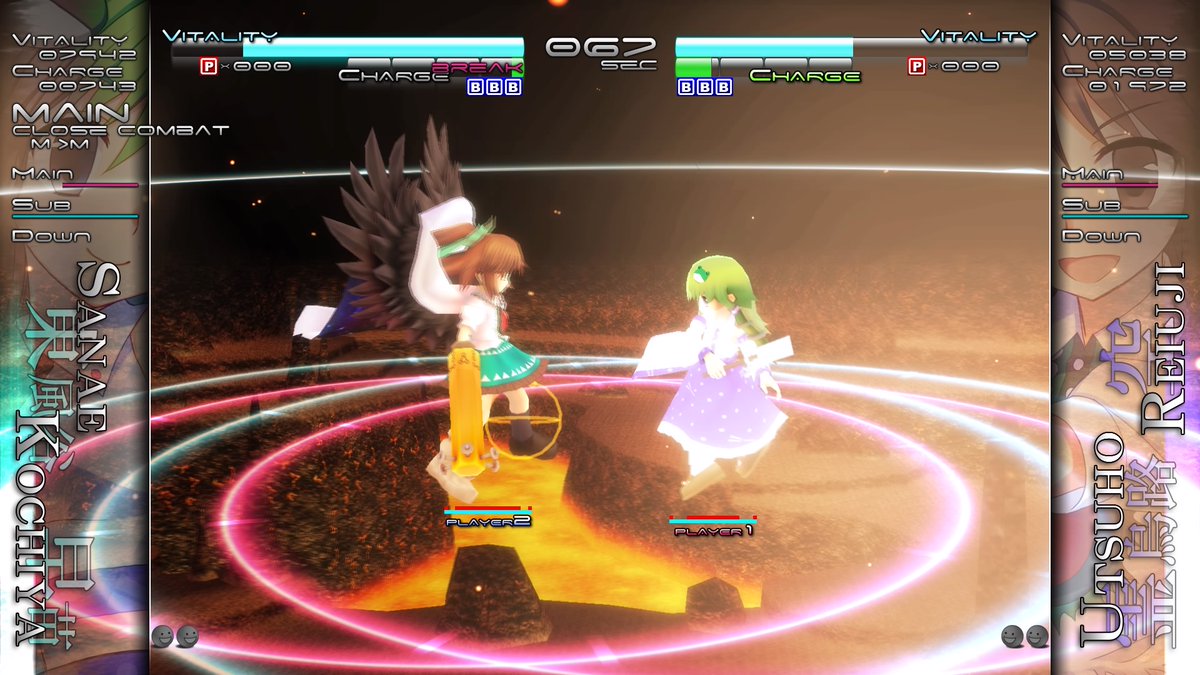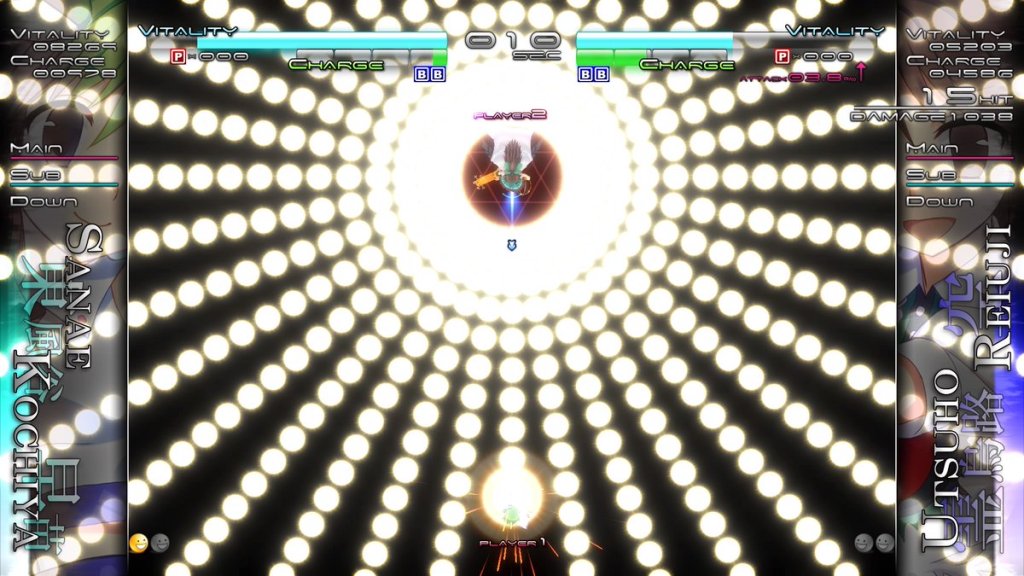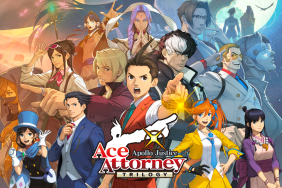NIS America, for whatever reason, has decided to bring this game to North America, and it’s the first title in the Touhou universe that a lot of console owners will ever hear about, let alone play. Staying true to the core series, Bullet Ballet plays like a bullet hell shooter — albeit one with a pretty big twist. Players won’t be shooting waves of enemies as they scroll through stages, instead they’ll be taking on another character as if it was a fighting game. It’s an awesome concept, and as a fan of both genres it was one I was instantly enamored with.
Sadly, this adoration ended about 10 minutes after I booted up Touhou Genso Rondo. It takes two genres I love, rips out a lot of the nuance to each side, and then mashes them together not unlike a toddler trying his damnedest to get the square block into the round hole. It’s a game that doesn’t succeed as a fighter, as a shooter, or anything really.
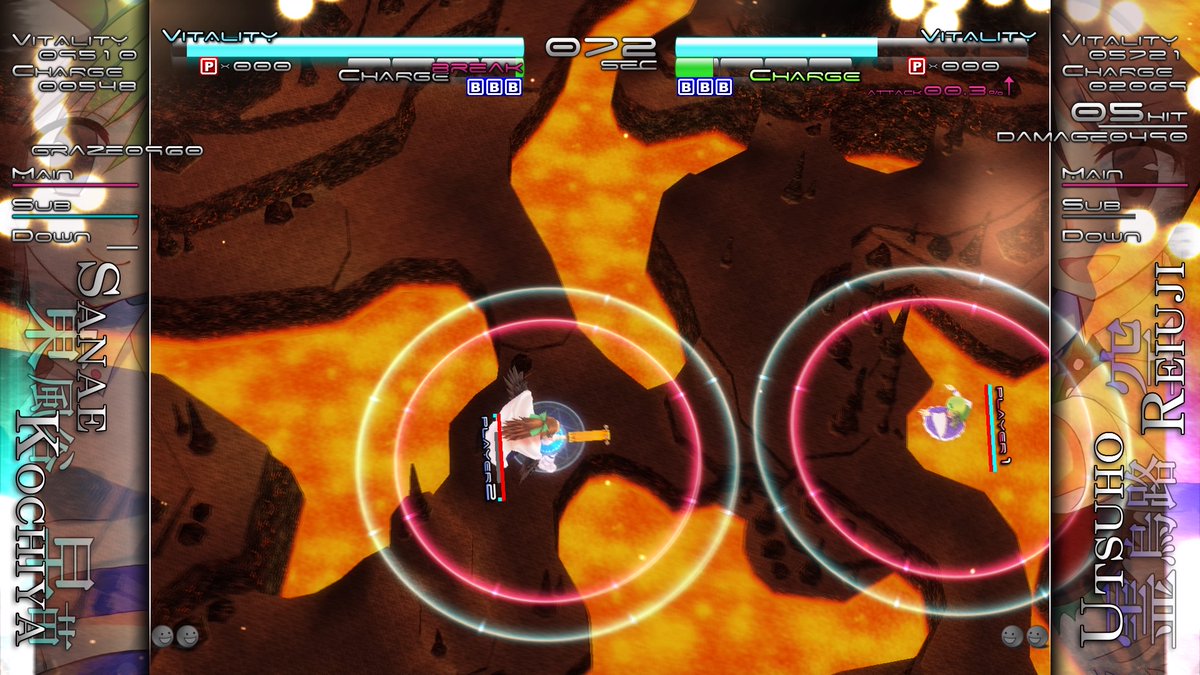
While I could go on talking about how bad Bullet Ballet is, I should discuss why it’s bad first. It all starts with the game’s tutorial. I’ve given a lot of games criticism for terrible tutorials in the past, but generally they’ve been in established genres. Even if a fighting game doesn’t show me all of its systems, I’ve played enough games to where I’ll eventually discover them after a couple rounds of trying out different combinations. Since Touhou Genso Rondo is presenting a brand new idea, it has to nail introducing its systems to new players.
That’s why the tutorial that developer Cubetype has included is so frustrating. It’s one super long cutscene that takes 10 minutes to watch. There’s no way to quickly check out a specific mechanic that I wanted to brush up on, so if I wanted to understand how the game’s melee combat works, then I would have to boot up the cutscene from the very beginning and mash on the cross button until I came across what I wanted to see. If I pressed it one too many times while trying to see it? Well, better start it all the way back from the beginning.
This could all be forgiven if the tutorial was actually good, but it briefly introduces an aspect before moving on to the next. There’s no way to circle back if I wanted to hear an explanation again, nor is it interactive so I didn’t actually get to test out the skills it wanted me to learn. It’s awful, and sets the entire game back.
Skyline To
Another reason why a good tutorial was needed is because Touhou Genso Rondo is a complicated game. While the overall goal was always just to shoot my opponent until their health bar drops to zero, I could move my character in three different states: normal, turbo and slow. Moving slowly meant that I would take less damage when getting hit by bullets, and that I could then graze said bullets in order to boost my charge bar. Meanwhile, hitting the turbo button was a good way for me to quickly dash out of a bad situation even if you don’t want to be moving too haphazardly in a game where 500 bullets are on the screen.
Each of these states also alter the core attacks that your character throws out. So, pressing the square button while slow would send out a different bullet type than in normal. That means there are a total of nine separate attacks I could throw at any time in three types (charge, main and sub). If this sounds complicated, it’s because it is. It kind of ultimately doesn’t matter due to something I’ll get to later, but it creates a difficult barrier to overcome if you’re trying to play skillfully.
That’s only about half of the game’s concepts, but the real big one is that players can also unleash special spell cards that turn the battlefield into a more traditional bullet hell shooter. The attacker is placed up top and can determine what bullets rain down from their character, while the other player is forced to shoot directly up at their opponent. I really like this inclusion at face value since it harkens back to the Touhou series’ origins, but it doesn’t exactly seem balanced. If it happened rarely during matches then I would be fine with it (similar to an ultimate attack in a fighting game), but this would often happen multiple times per round.
The real issue with the game is that it just feels incredibly clunky to play. Players have 360-degree movement, yet the game doesn’t allow the player to control their aim while moving. Instead, the game auto aims for the player to where it feels utterly random if your attacks will hit its intended target. I was able to aim (only while stopped) with the right trigger, but standing still was often a death sentence in Bullet Ballet, and the controls were so sensitive that it was difficult to ever aim where I wanted to shoot.
Touhou Genso Rondo doesn’t play well to begin with, so the characters feeling totally unbalanced doesn’t exactly help things. The game only offers up 10 characters, which honestly is more than enough, so I wouldn’t think it would be a Herculean task for Cubetype to balance. Yet, my matches often felt like they were decided strictly on the character types. Some characters have powerful main attacks that could wipe out a large chunk of my health bar in a few hits, while others seemed unable to land a hit on me. Most of my matches alternated between me dominating my opponent (be it AI or human) and barely taking any hits, or being on the receiving end of that beating. I never had a single competitive match besides the final boss fight in the game’s story mode.
Self Control
Major Touhou fans will be disappointed in the story mode if they’re expecting anything of substance as each story barely showcases who a character is, yet alone tells a meaningful story. Everyone just wants to fight for whatever reason, and the mode just plays like a traditional arcade mode would in a fighting game. Other single-player modes include the game’s “arcade” mode, which is actually just a survival mode where I would have to win successive battles against increasingly difficult enemies, a boss rush mode that takes place exclusively in the spell card state and forces players to dodge as many bullets as they can, and a standard versus mode. It’s not exactly Guilty Gear -XRD- in terms of single player content.
There’s also an online mode that offers up ranked and player matches, and it has an online infrastructure that was seemingly designed in 2002. In the player match menu, I had to press triangle to manually refresh what rooms were available. While annoying, I figured that was just one small quirk since once I was in a room I could face off against a friend for as long as we wanted to. Nope. After each match, both players are kicked back out into the menu, and a room has to be created again. It’s an awful interface that added an extra minute between each match instead of us both just hitting “retry” or “character select” after a fight.
Besides the core concept being interesting, I really don’t have any other compliments to give Touhou Genso Rondo: Bullet Ballet. It’s a disappointment for a number of reasons, and it really sucks that a lot of North American gamers’ first experience with the Touhou series will be this bad spin-off. Hopefully one of the entries in the main series, or at least the PS4 fighting game, will come stateside and get this bad taste out of my mouth.
Review code for Touhou Genso Rodno: Bullet Ballet provided by publisher. Reviewed on PlayStation 4. For more information on scoring, please read our Review Policy here.
-
The concept has real potential
-
A lot of bullets can be on the screen at once
-
The characters are cute
-
PS2 titles had better online infrastructures
-
Gameplay is unbalanced
-
Awful tutorial
Touhou Genso Rondo: Bullet Ballet Review
-
Touhou Genso Rondo: Bullet Ballet
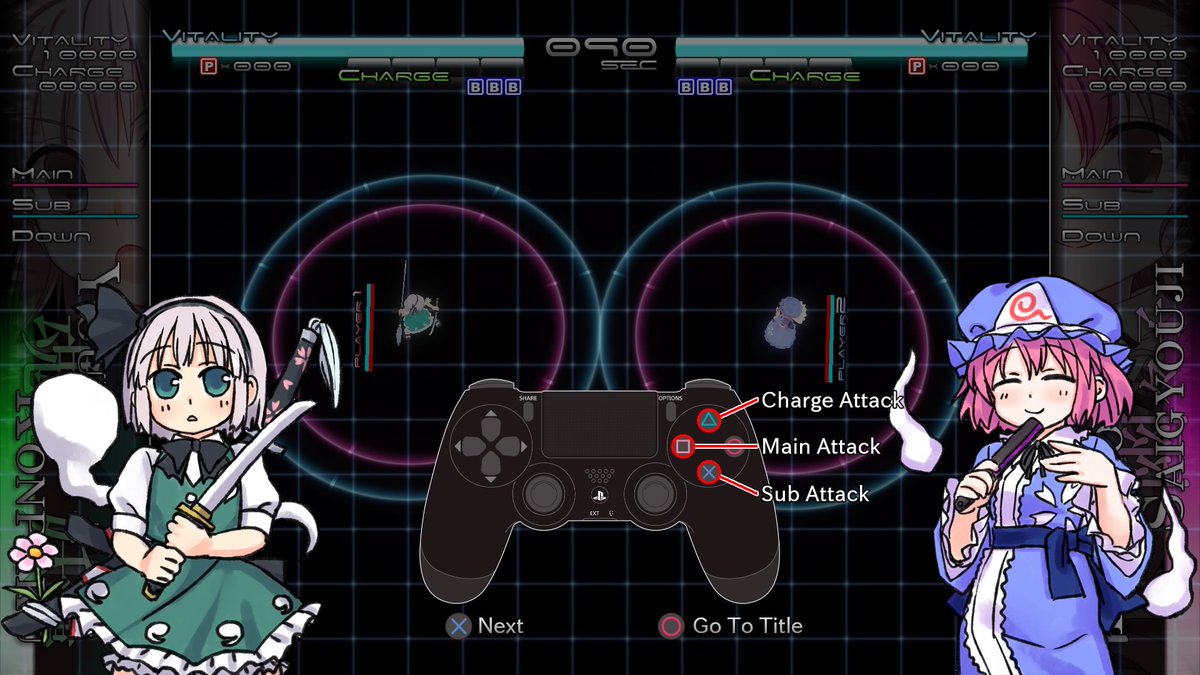
-
Touhou Genso Rondo: Bullet Ballet
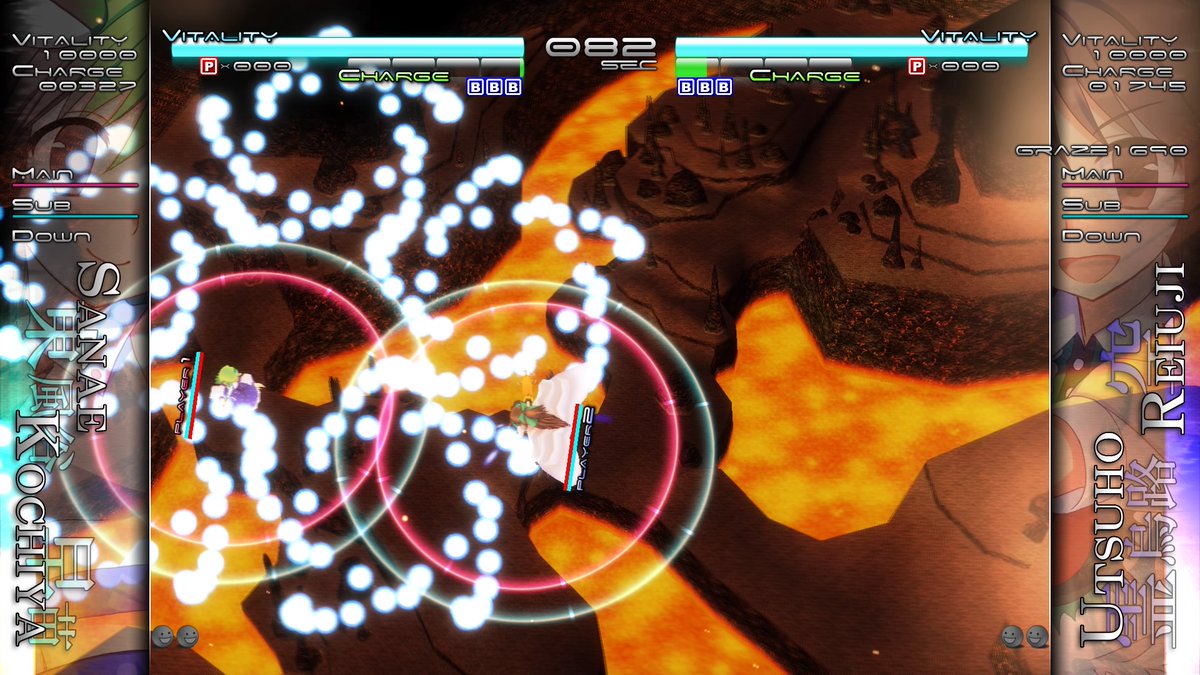
-
Touhou Genso Rondo: Bullet Ballet
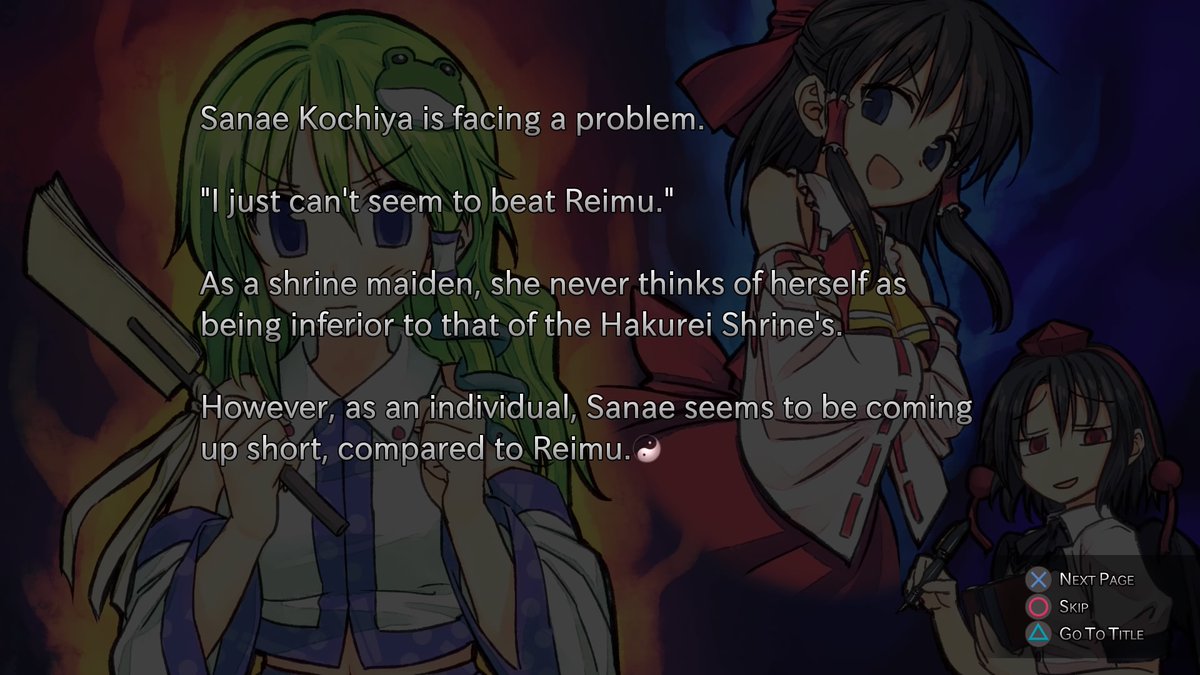
-
Touhou Genso Rondo: Bullet Ballet
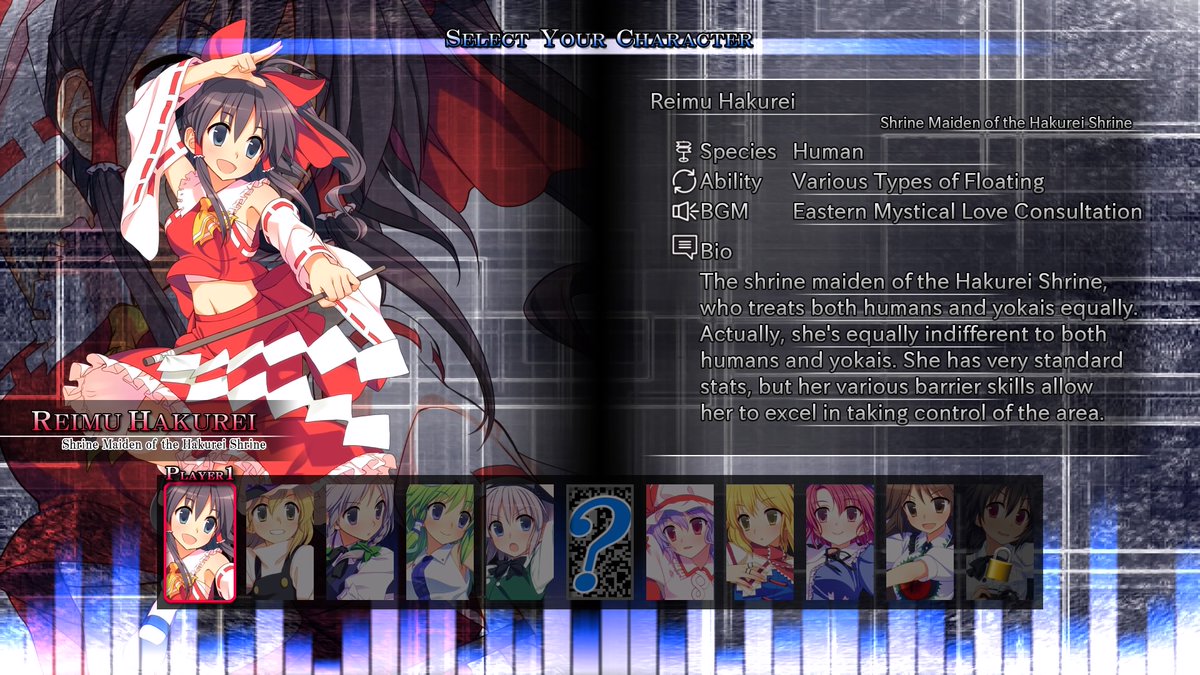
-
Touhou Genso Rondo: Bullet Ballet
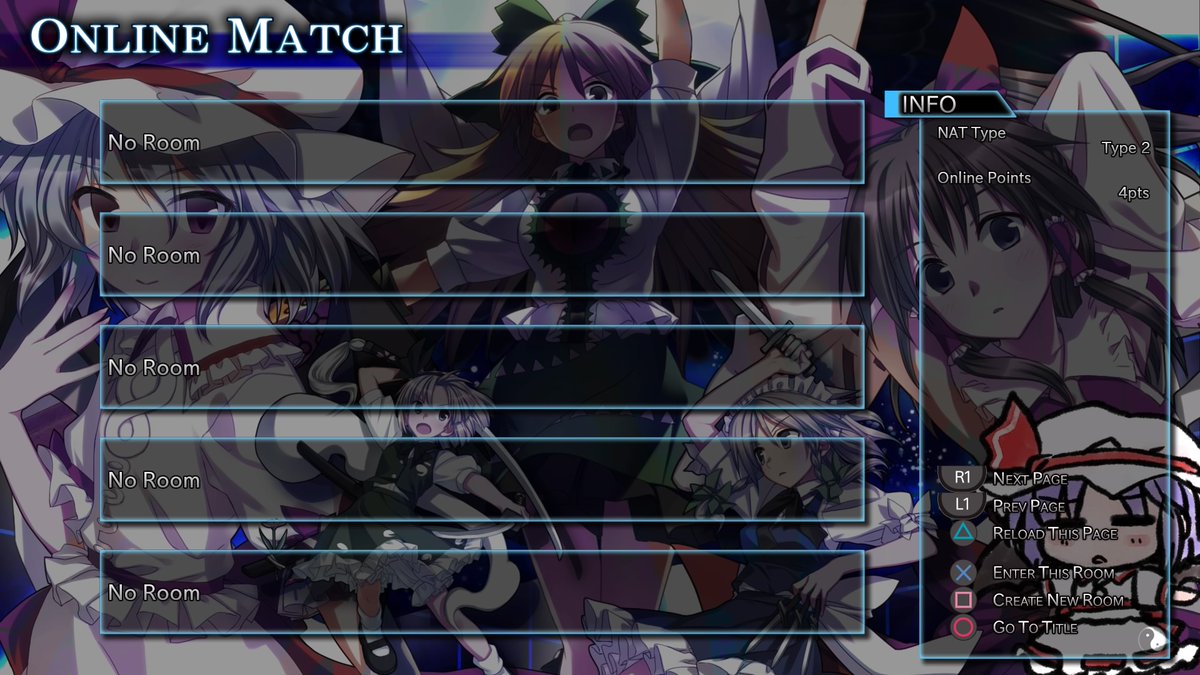
-
Touhou Genso Rondo: Bullet Ballet

-
Touhou Genso Rondo: Bullet Ballet
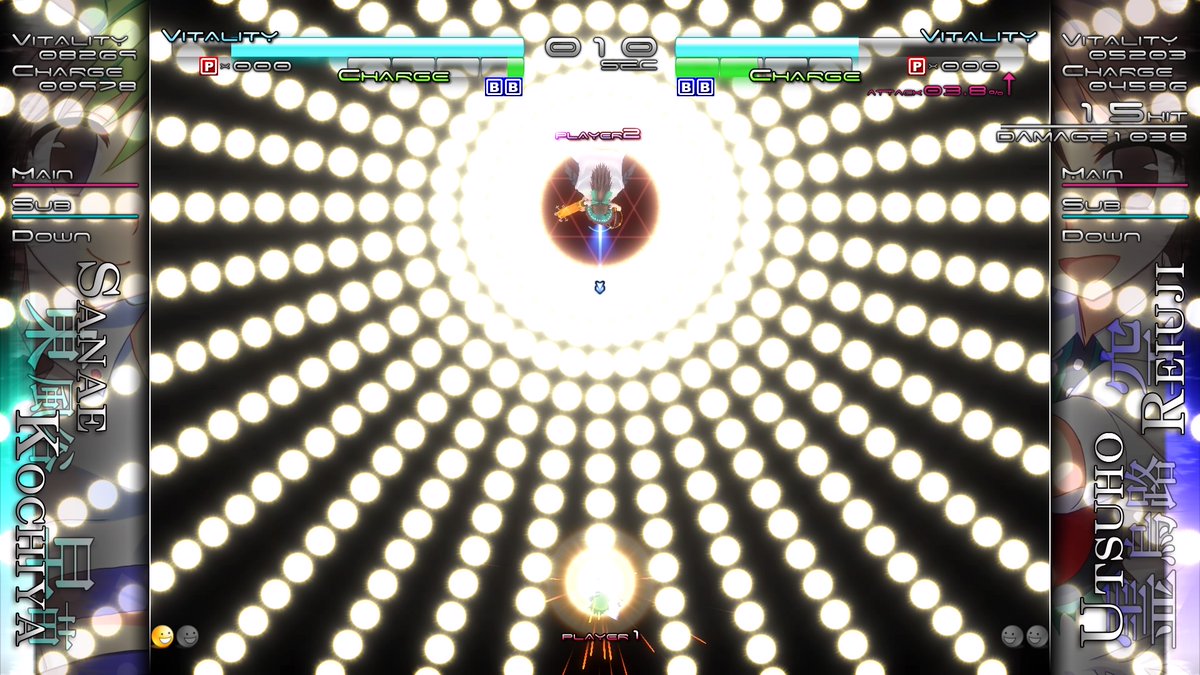
-
Touhou Genso Rondo: Bullet Ballet
